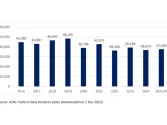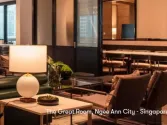
Urban Chinese consumers become more cautious in spending this year
As China’s economy continues to grow at a moderate pace, a survey finds urban consumers becoming more selective spenders in 2017 because of increased pressures at work and with their personal finances.
Urban Chinese consumers are more conservative when it comes to increasing their spending than they were last year. According to new research from global market intelligence agency Mintel, compared to 43% in 2016, only 36% of those surveyed reported spending more in 2017. Meanwhile, consumers are more likely to control their spending this year, with nearly half (49%) reporting that they are spending “about the same” as they did last year.
However, while they generally have a positive outlook for their financial status, they are aware of potential future risks in life and want to make sure that every purchase they make can be justified and is worth the price.
Overall consumer expenditure increased by 10.5% to reach RMB33,511 billion (US$4,999 billion) in 2016, and the categories that experienced the most growth include transportation, holiday, leisure and entertainment, and over-the-counter pharmaceuticals.
Mintel forecasts that consumer expenditure will increase 8.4% year-on year through to 2021, while holidays will surpass clothing and accessories to become the third-largest spending sector.
Similarly, transportation and leisure and entertainment, as well as beauty and personal care, will also see an increase in consumer spending.
Laurel Gu, research director at Mintel, said: “Demand for upgraded consumption for new options, better quality and greater convenience will be the major driving factor this year. The development of the consumer products and services market is expected to remain active over the next five years to 2021, with health and experience being the two major themes.
“When it comes to Chinese consumers in Tiers 1 to 3 cities, perceived trends in spending are similar, with holidays being the most popular and alcoholic drinks the least popular. However, although in-home food, clothing and accessories, as well as eating out, are enjoying moderate increases in total spending, they are among the top sectors where consumers claim to be spending more this year. This suggests potential gaps that consumers living in towns or rural areas are not yet picking up as a part of upgrading their living quality.”
Growing affluence
When it comes to the quality of their life, one-quarter (24%) of Chinese consumers said spending on holidays is what makes them feel their quality of living has improved. Other top areas include spending on technology such as mobile phones (9%), clothes and accessories (9%) and leisure (4%), which is largely in line with consumers’ spending priorities.
The report also noted that urban Chinese consumers seek more experimental activities as they are becoming more sophisticated and selective in terms of where they spend their time and money for entertainment and relaxation.
Mintel forecasts that the leisure and entertainment sector will reach RMB2,823 billion in value by 2021, largely driven by the shift from products to lifestyle services and experiences, and the trend of trading up from mass to premium offerings. Both are reflecting the change in life priorities from wealth accumulation to a more balanced life.
Smartphones and more niche technology gadgets such as smart wristbands or virtual reality (VR) headsets will enjoy strong growth this year, while computers and games consoles face challenges. Upgrading technology products, especially those that consumers use daily (such as smartphones), may help consumers improve their quality of living.
The research agency denoted high product quality, such as high processing speed for smartphones or reliable health-monitor function of smart wristbands, are essential for technology brands to win fans in the future.
Mintel’s annual Chinese Consumer 2017 report tracked spending across 15 major consumer markets, revealing the categories that present areas of opportunity, disruption and innovation in the years ahead.
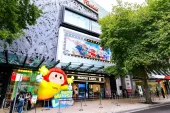



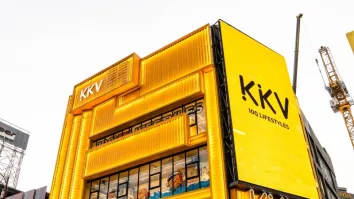





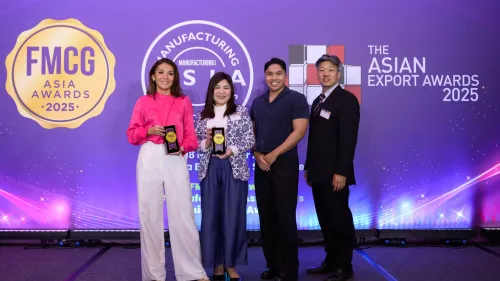
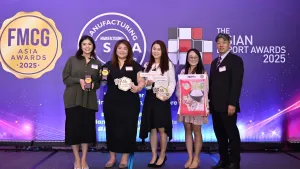
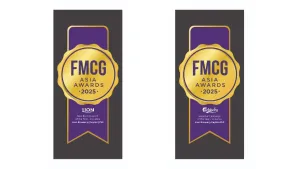





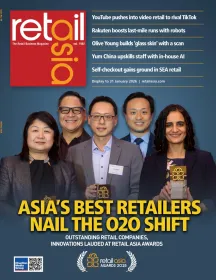
 Advertise
Advertise
